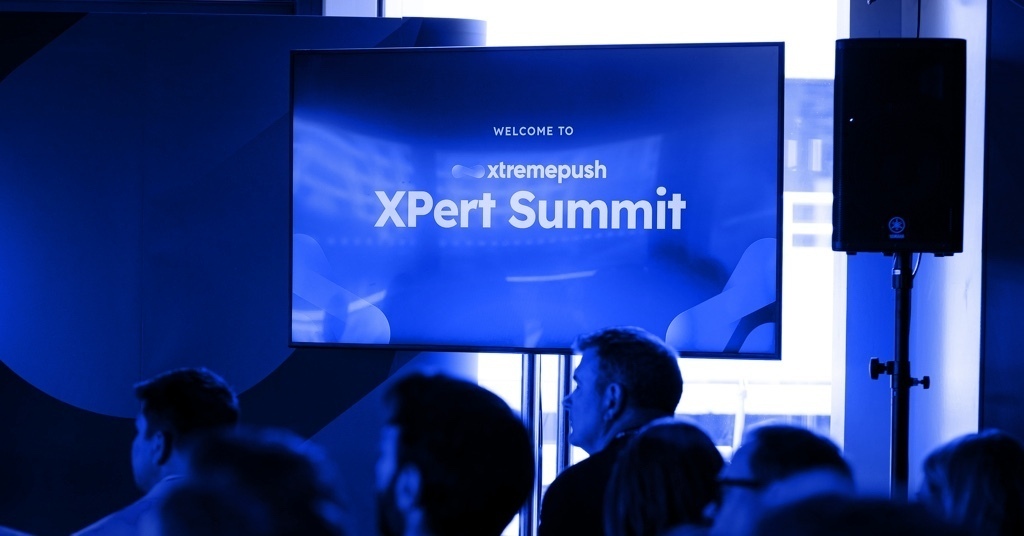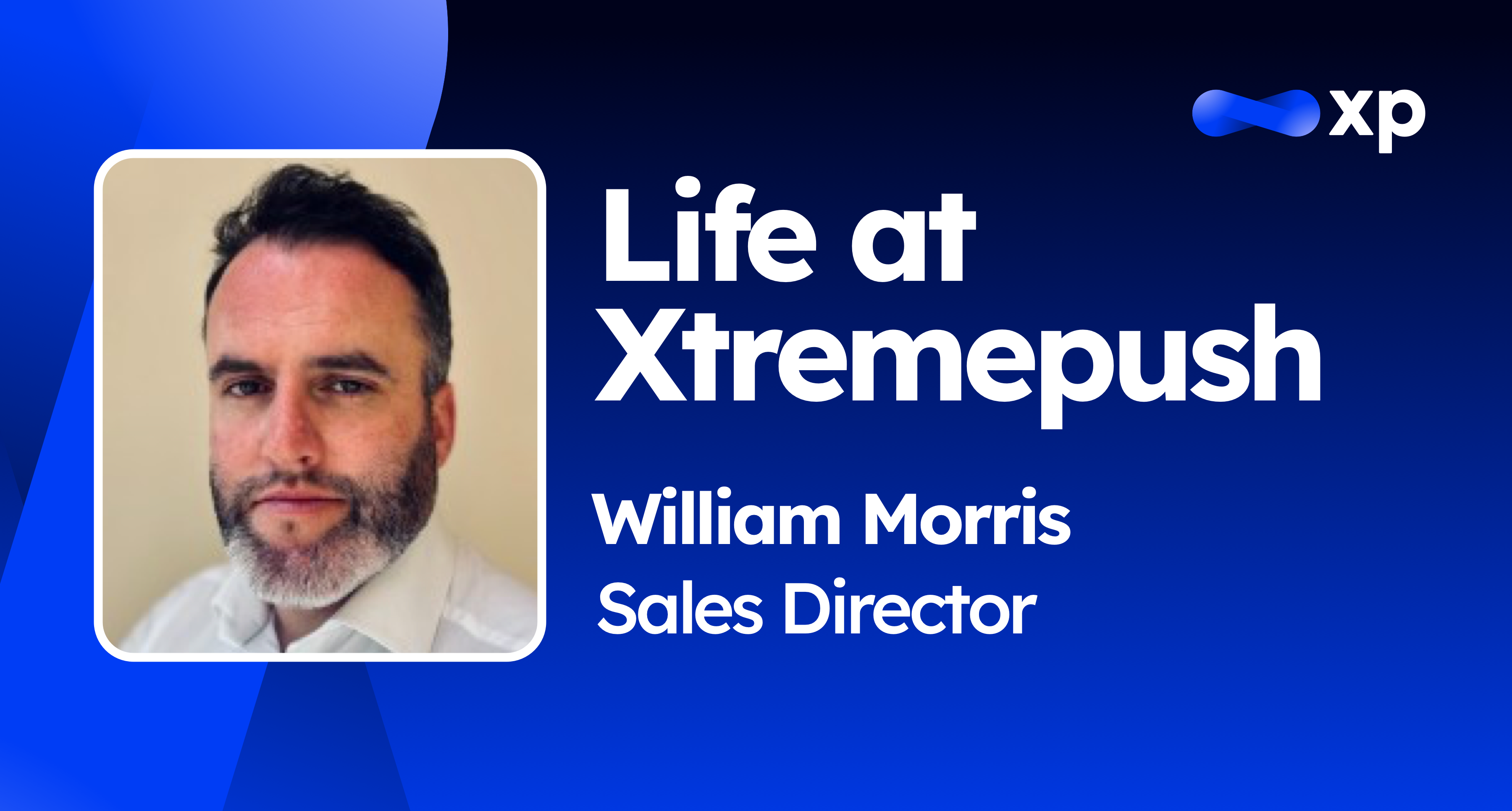What is Customer Lifetime Value (CLV)?
Customer Lifetime Value is the average expected profit a business makes on each customer.
It’s based either on historical figures or if you have the right analytics software, predictive modelling of future purchase behaviour.
Either way, it’s a crucial metric to get a handle on, with knock-on implications and learnings for multiple business operations.
Why is knowing my Customer Lifetime Value important?
There are 2 main reasons why knowing your CLV is valuable.
1) It puts your average cost of customer acquisition (CAC) into context. If you’re spending $100 to gain a new customer, for example, then understanding your CLV helps you to work out how long it takes to recover your investment and turn a profit on that customer. Seeing your brand’s marketing and sales costs in this light can be an eye-opener.
2) It begs (and actually answers) the question; If we hold on to our customers for one extra year, how much more profitable will we be? This is a powerful incentive to invest more in customer engagement and retention campaigns.
What’s the classic way of calculating Customer Lifetime Value?
You don’t need a degree in mathematics to work out the figures here, but you do need access to key sales numbers!
Firstly, you want a holistic view of your average customer’s value, in other words, the profit you make on them over a given period (usually annually). This should be straightforward enough to calculate.
1) Divide your total profit by the number of purchases made (annually) to get an avg. purchase value.
2) Divide this figure by the number of individual customers that year. This gives you the avg. purchase frequency (i.e. how many times per year a customer buys from you).
3) Multiple the avg. purchase value by the avg. purchase frequency to get the avg. Customer value.
Secondly, you work out the average duration a customer continues to buy from you (customer lifespan). Naturally, if your business operates on a subscription or contract basis this is going to be much easier to calculate because it’s clear when a customer has churned. Within the traditional B2C model of one-off and intermittent purchase patterns, this is harder to quantify.
Lastly, you multiply the avg. customer value by the avg. customer lifespan to get your customer lifetime value!
It should be noted that by using profit instead of revenue, this formula has baked in your cost of acquisition. You may prefer to keep these numbers separate and compare them at a later stage.

Simple right? Well, it might be if it weren’t for the second figure in the above formula…
How do I calculate my Average Customer Lifespan?
This is the trickiest part of the entire equation, in my opinion, especially for brands not operating on a subscription basis. That’s because they can have trouble working out their churn rate. It’s not impossible though!
Here’s one, easy-ish way to do it.
1) Take your two most recent, consecutive, full years of sales figures.
2) Find the number of repeat customers who bought from you in both year one and in year two.
3) Get the number of customers who bought in year one but not in year two.
4) Subtract the first figure from the second to get the number of churned customers.
5) Divide the number of churned customers by the number of customers who bought in year one only and multiply that figure by 100 to get your rate of churn as a percentage.
6) Divide 1 by that churn percentage to get the avg. customer lifespan in years!
Here’s one example of this formula in action.
(#C Y1 but not Y2) 120,000
– (#C Y1 + Y2) 45,000
= 75,000 (Churned)
75,000 /120,000= .625
.625 x 100= 62.5% (Churn rate)
1 / 62.5%= 1.6 Years (Avg Customer Lifespan)
Note: If you only have accurate sales figures for 6 months then look at one period of three months compared to the following three months. Just multiply each initial value by four to get a twelve-month projected churn rate. This likely won’t be as accurate but it’s something!
For all of its use, a prediction based only on historical numbers isn’t quite accurate enough. A better alternative has emerged; predictive modelling.
So What is Predictive Modeling for CLV Then?
The purpose of a predictive model is to estimate CLV based on the likelihood, and the projected value, of purchases in the future. Theoretically, the machine-learning behind it should give you a much more accurate picture than the comparatively simplistic method based solely on crunching historical numbers.
Essentially, however, it is still focused on the three pillars of purchase data: how often, how much and how long for. This are known as Recency, Frequency, Monetary (RFM) values.

Now of course, in a sense, every method of calculating Customer Lifetime Value is a prediction based on existing data. But where predictive modelling excels is in its granular analysis of this data to make forecasts with a smaller margin of error.
How does it do this? By factoring additional conditions such the propensity to churn of each customer in the data set.
After all, the projected value of a customer who is unlikely to ever buy from you again is obviously lower than that of a customer who probably will! And some segments of customers are going to alter their spending behaviour in predictable ways. Again, this is something that will impact your profitability one way or another.
How Does a Single Customer View Benefit Predictive CLV Models?
In a very positive way!
What impact does receiving a weekly email have on a customer’s profitability? How valuable are customers who purchase through your mobile app compared to those who use the website? And what about those customers who do both? When do customers acquired through display ads typically churn?
When you combine a Single Customer View with predictive modelling you can answer these kinds of questions and things start to get very interesting! Like so much else in modern marketing, it all comes back to segmentation. It empowers you to identify your most profitable customers and understand the best ways to first attract and then hold on to them.
It’s thrilling to consider the potential insights you might glean from this kind of digging and the impact it would have on your brand.
Your acquisition, engagement and retention strategies are a lot more efficient when the impact of each action is clear.
How Can Xtremepush Help You Maximise Your Customer Lifetime Value?
Xtremepush is the leading customer engagement and analytics platform. It allows you to unify your data silos for a single customer view and leverage these insights with a complete range of engagement channels across email, SMS, web browser, mobile app and social messengers.
It’s a robust, all-in-one system that can help you identify and deliver better experiences for your customers, increasing wallet-share and retention rates.













